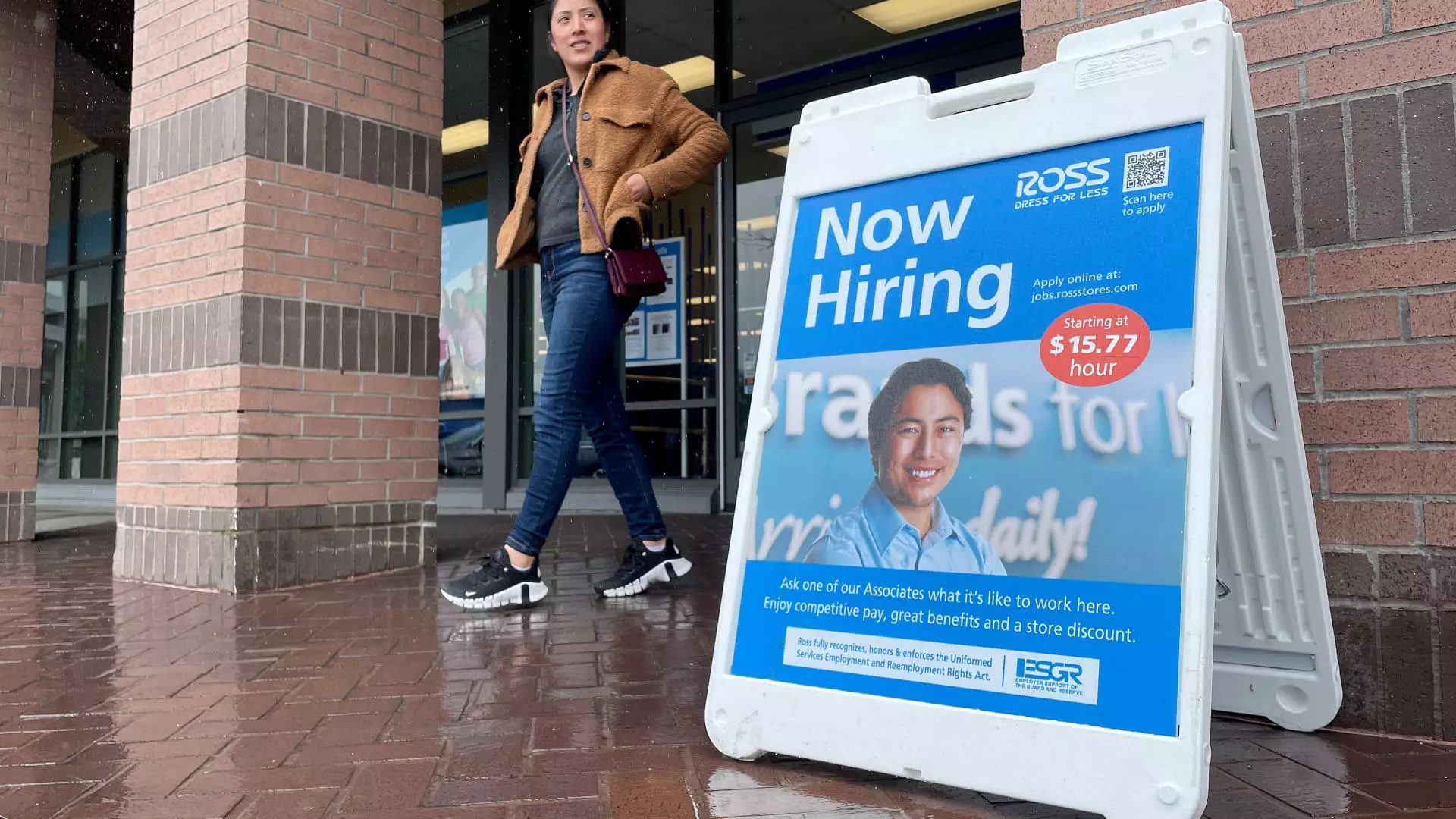The latest report from the Labor Department’s Bureau of Labor Statistics revealed that the U.S. economy created slightly fewer jobs than expected in August. Nonfarm payrolls expanded by 142,000 during the month, down from 89,000 in July and below the 161,000 consensus forecast from Dow Jones. This reflects a slowing labor market, indicating potential challenges ahead for economic growth.
Unemployment Rate and Labor Force Participation
Despite the lower job creation numbers, the unemployment rate ticked down to 4.2%, as expected. The labor force also expanded by 120,000 for the month, helping push the jobless level down by 0.1 percentage point. However, the labor force participation rate remained unchanged at 62.7%. This signals a mixed bag for the job market, with some positive indicators but also some areas of concern.
From a sector standpoint, construction led with 34,000 additional jobs in August. Other sectors that saw substantial gains included health care, with 31,000 jobs, and social assistance, which saw growth of 13,000. However, manufacturing lost 24,000 jobs during the month, highlighting potential weaknesses in certain industries.
Wage Growth and Hours Worked
On the bright side, average hourly earnings increased by 0.4% on the month and 3.8% from a year ago, surpassing expectations. Hours worked also edged higher to 34.3, indicating increased labor utilization. These factors can have a significant impact on consumer spending and overall economic growth.
The Federal Reserve has been closely monitoring the economic data and is expected to lower interest rates later this month. Markets have been pricing in a 100% probability of rate cuts at the upcoming Fed meeting on Sept. 17-18. The recent job market slowdown and other economic indicators have heightened expectations for aggressive rate cuts to support economic growth.
Challenges and Opportunities Ahead
The recent narrative around the economic data points to continuing growth but a slowdown in the labor market. Layoffs surged in August, and hiring has slowed down, presenting challenges for sustained economic expansion. However, with inflation pressures subdued, there is an opportunity for the Fed to act decisively and support the economy through rate cuts.
The latest job market data in the U.S. has raised concerns about a potential economic slowdown. While there are some positive indicators like wage growth and increased labor force participation, challenges remain in certain sectors and overall job creation. The Federal Reserve’s upcoming decision on interest rates will be crucial in determining the trajectory of the economy in the coming months. Stay tuned for updates on this evolving economic situation.

Leave a Reply